The linguistic description of Maltese has experienced an invigorating renaissance in the last ten years. As an Arabic language with a heavily mixed lexicon, Maltese serves as a laboratory for questions of linguistic variation on all linguistics levels, bilingualism, and language contact.
This present volume showcases the variety of up-to-date linguistic research on Maltese. Starting with a tribute to the late David Cohen, influential French Semiticist, the remainder of the book is divided into three parts: Phonology, Morphology & Syntax, and Contact, Bilingualism & Technology.
The papers in the phonology section comprise a minimalist representation of Maltese sounds from Gilbert Puech, a detailed account of phonological changes in Maltese based on onomastic data by Andrei Avram, and the description of lengthening as a discourse strategy by Alexandra Vella et. al.
The section on morphology and syntax includes both synchronic and diachronic approaches to variation in Maltese. Maris Camilleri provides a detailed formal account of the paradigm in Maltese verbal inflection using a multidimensional model which accounts for subcategorization frame variation. Döhla's contribution traces the development of Differential Object Marking (DOM) in Maltese and draws parallels between similar phenomena in other varieties of Arabic. Wilmsen provides a detailed history of the polar interrogative marker -S in Maltese. The article by Stolz & Saade investigates the variation between long and short independent pronouns in Maltese taking into account phonological factors, text-type, and grammatical person. Lucas & Spagnol tackle the variation of Maltese numerals with respect to phonological and morphological criteria in their study of the connecting /t/.
The section on Contact, Bilingualism & Technology starts with Farrugia's description of variation in the assignment of gender for loanwords in Maltese. Comrie & Spagnol place the make-up of the borrowed part of the Maltese lexicon in a wider typology of loanwords in the world's languages. The study by Azzopardi-Alexander gives detailed insights into bilingual practices in Malta, placing usage patterns on a continuum between single language use and different code-switching and code-mixing practices. In the final paper, John Camilleri shows how the computational modelling of Maltese grammar has both theoretical and practical repercussions for the study and teaching of Maltese.
As can be gathered from the wide variety of topics presented in this volume, Maltese Linguistics has developed from a subdiscipline of Arabic linguistics to a full academic subject in its own right. This volume presents an ideal introduction to the wide range of linguistic topics Maltese has to offer.


